Placing an Orogastric Tube in a Dog
Also if the tube does enter the trachea then the inflated cuff might stop it from being advanced. Ultimately its clinician preference but VETgirl typically prefers to trocharize our canine GDV patients.

Intubation Tips And Instructions For Vet Techs
A common indication for placing an orogastric tube in a small animal patient is to administer activated charcoal to absorb an ingested toxin trauma to the sciatic nerve is a potential complication when administering an intramuscular injection into which of the following muscles.

. This time we will go into more detail about gastric decompression. 2 to 5 drops is placed into the nostril. A topical anesthetic bupivacaine.
Have your dog lie on its side with the feeding tube facing up. To commence the gastric lavage your dog will be placed either on their stomach or right side. Placing a stomach tube allows.
Include the tube type length diameter and nostril right or left. Gently clean around the feeding tube and administration port opening where you will connect the syringe to the feeding tube. A feeding tube is a flexible length of piping that allows food to be directly placed into an animals stomach or intestinal tract.
Feeding tubes become necessary for dogs when they are either unable or unwilling to swallow or chew food themselves. Second it alleviates a lot of gas off the stomach and may actually help you pass an orogastric tube even more easily. There are two ways that gastric decompression can be achieved.
When the tube is introduced 2 to 3 cm inside the nostril feel it contact the median septum at the floor of the nasal cavity. A small incision is made in the skin of the neck and the tube is placed into the esophagus. Tube may only be passed into distal esophagus for an upper GI contrast study.
This tube can be kept in place longer than an NG tube. Note that this is not always accurate as there is no cookie cutter recipe for size Yorkies tend to have a larger trachea than you would expect or overweight dogs may have a smaller trachea than you are expecting etc. A nasogastric tube can be placed in dogs and cats if feedings need to be continued for more than 2 days.
Semimembranosus muscle Trauma to the sciatic nerve is a potential complication when administering an intramuscular injection into which of the following muscles. A common indication for placing an orogastric tube in a small animal patient is to. About Press Copyright Contact us Creators Advertise Developers Terms Privacy Policy Safety How YouTube works Test new features Press Copyright Contact us Creators.
Gastrotomy feeding tube A gastrotomy tube G tube also requires general anesthesia. Insertion Measure from nose or mouth to earlobe then to xiphoid for approximate depth of insertion Use. 1516 In dogs the tube must bypass a ventral protuberance before entering the ventral meatus.
The procedure does not require chemical restraint and the complication of epistaxis was not observed in any dog. The orogastric tube will be pre-measured to an appropriate size. It does not require general anesthesia for its placement.
Administration of radiographic contrast media for gastric Radiography. Reduced level of consciousness without intubation Basilar skull fracture Nasogastric placement is contraindicated Oral andor nasal obstruction Procedure. In an intubated patient the endotracheal tube in the trachea might help redirect the gastric tube down the esophagus.
Remove the protective cap from the feeding tubeYou may need to release or open an additional safety valve prior to administering the liquefied diet. Not sure if you should pass an orogastric tube or trocharize the patient. The larger diameter increases our feeding options.
Lubricate the orogastric tube and pass the tube into the stomach using gentle twisting motions. 2 Stomach tube orogastric tube placement. 1516 This can be facilitated by inserting the tube several centimeters in a ventromedial direction until it reaches the floor of the nasal cavity.
The tube will be lubricated and inserted into the dogs. Gastric decompression is recommended for patients receiving positive pressure ventilation. Barium series contrast radiography.
Record the date time and staff member placing the tube. A roll of 2 tape is placed in the dogs mouth and the tube is gently passed through the tape roll and into the dogs esophagus. This will confirm that the tube.
For orogastric intubation a large bore gastric tube is selected and a length is measured from the dogs nose to the last rib. Placement of a feeding tube may be done by manually running the tube through the nostril and into the esophagus naso. In the last blog we covered IV fluid resuscitation and pain relief.
Technique with pics of NG tube placement on mannequin. In cats the tube is simply inserted ventromedially through the nostril. Pre-measure an appropriately sized orogastric tube to the last rib so you know the maximum distance to insert the tube and mark this point with white tape.
Materials required to perform this technique are inexpensive and the. It is a good technique for the nutritional support of young animals. By pushing the external nares dorsally while advancing the tube in a caudoventral medial direction the tube passed through the ventral meatus and into the oropharynx and esophagus easily.
Placing an esophagostomy tube E tube requires general anesthesia. Removal of gastric contents Gastric lavage. The other end of the tube will then be marked with tape to ensure once the tube is inserted it will not pass deeper into the digestive system.
The orogastric tube will be measured from their nose to their last rib to ensure that it is the appropriate length and size. Identify the prominent alar fold and direct the tube from a ventrolateral location in the external nares to a caudoventral and medial direction as it enters the nasal cavity. First choose the tube that you will use.
Gently pass tube inside the opening of the tape roll or PVC pipe and on top of the tongue when close to epiglottis have holder direct nose downward a bit to facilitate OG tube going into the esophagus generally speaking most OG tubes are a bit too large to go easily between the laryngeal folds and into the trachea especially if dog is only lightly sedated however one must. Gastrography or intestinal Radiography. The tube size will largely depend on the sizebody weight in dogs.
The veterinary technician or doctor will place the tube alongside the dogs body placing the end of the tube at the last rib. Nasogastric NG Tube Placement. The decision on which method to use depends on many factors.
Record the placement verification by radiograph andor radiologist review tube aspiration negative pressure or stomach contents and tube auscultation positive or negative.

Orogastric Tube Feeding For The Neonatal Puppy Or Kitten Vetgirl Videos
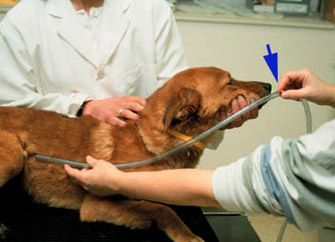
Dog Bloat Videos Treatment Cost Tips Free Gdv Brohcures

Canine Orogastric Tube Placement Youtube

How To Perform A Gastric Lavage In A Dog Vetgirl Veterinary Ce Videos Vetgirl
Nasogastric Tube Placement Materials Procedure
Nasogastric Tube Placement Materials Procedure

Vett 220 Task 34 Placing A Stomach Tube In A Canine Patient Simulation Youtube

Gdv Releasing The Pressure Minivet Guide

Sa Og Tube Placement Veterinary Clinical Skills Compendium
Tube Placement And Care A Step By Step Guide Atdove Org

How To Tube Feed A Puppy 15 Steps With Pictures Wikihow
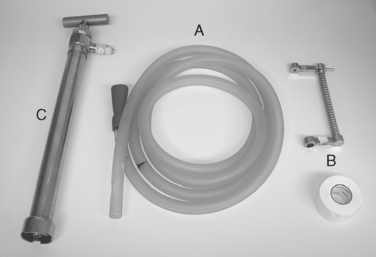
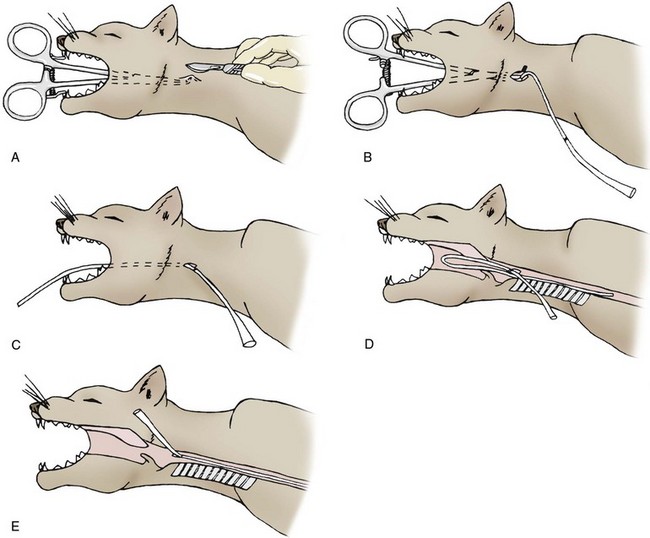
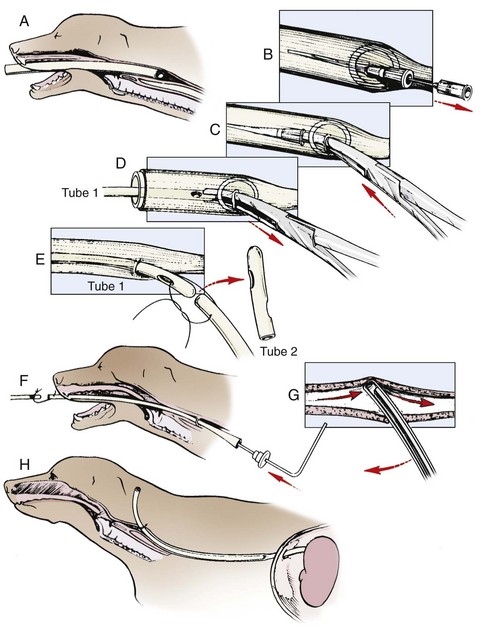
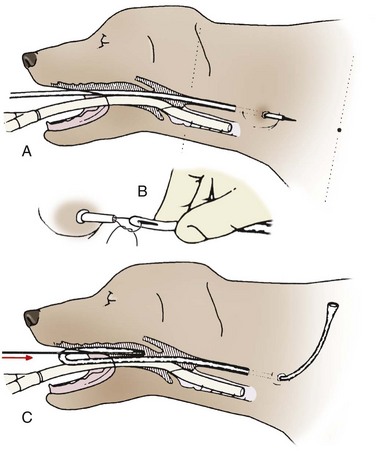

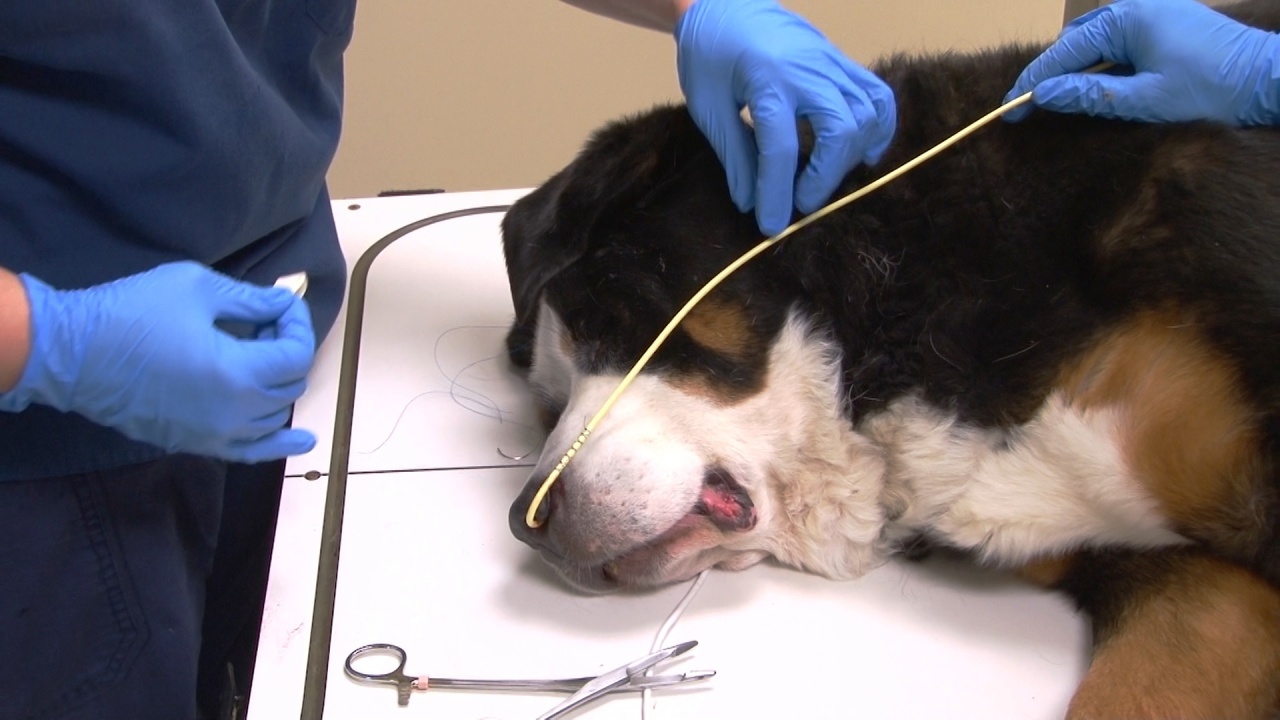
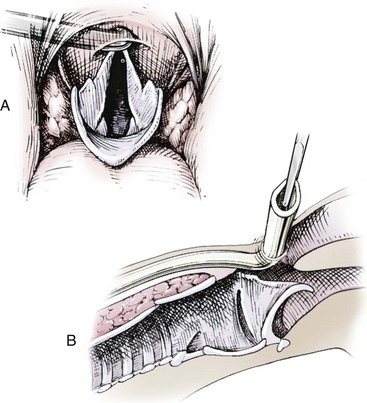

Comments
Post a Comment